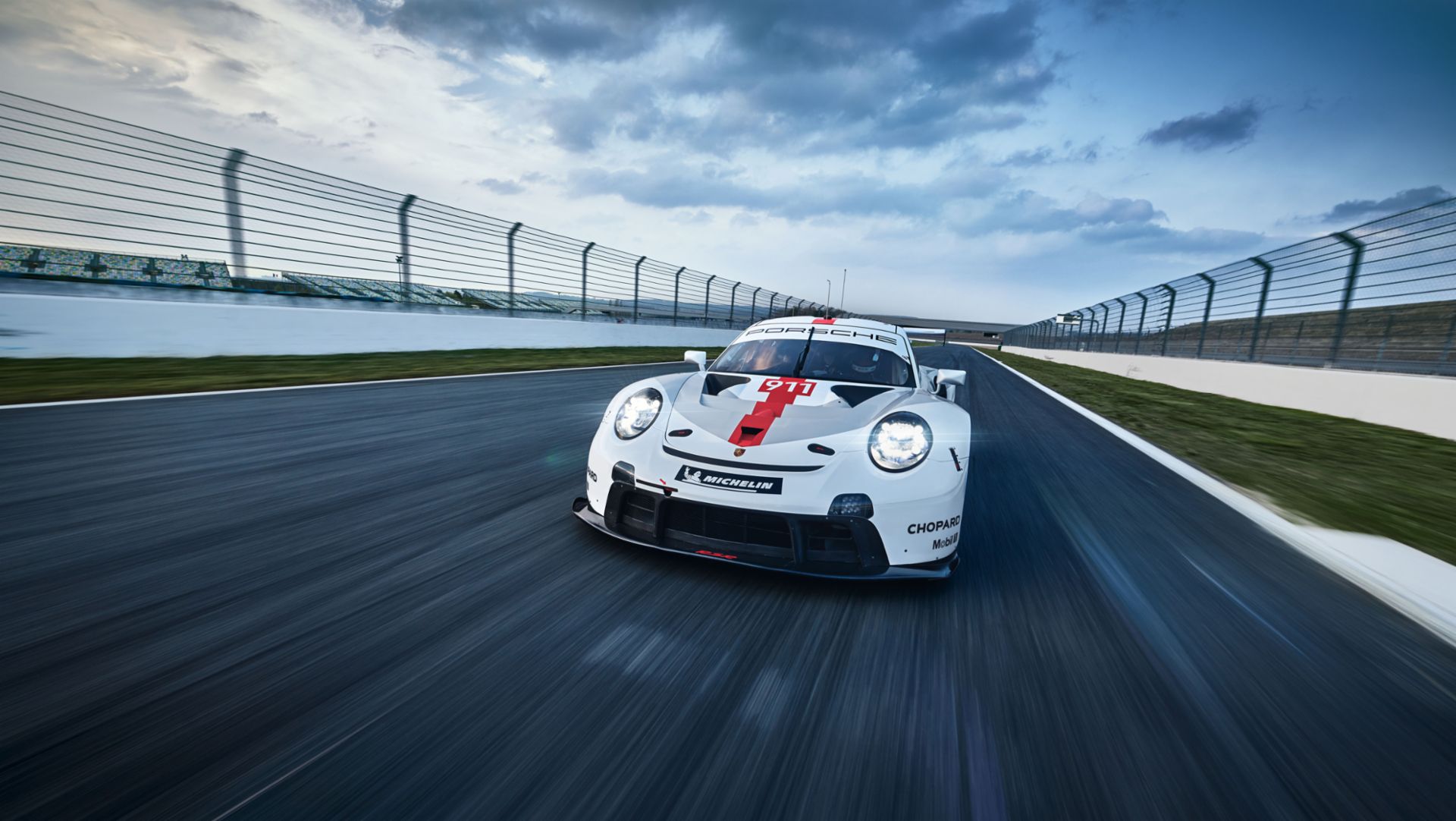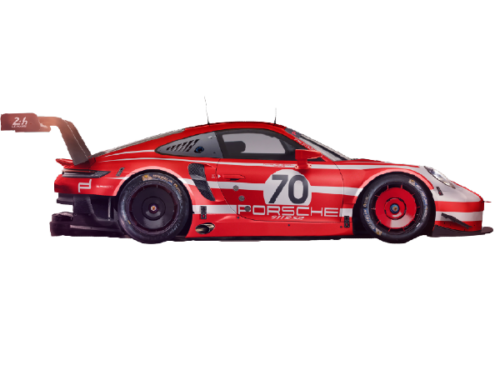(2019 – 2021) Porsche 911 RSR 4.2 (991.2) – Ultimate Guide
Official photos: 2019 July 6 / Premiere: 2019 July 6, Goodwood Festival of Speed, England / First race: 2019 September 1, FIA WEC race at Silverstone, England / Engine: 4.2 B6 normally aspirated, 378 kW (depends on air restrictor) / Gearbox: Sequential, 6-speed with 3-disc carbon clutch, magnesium casing / Weight: 1245 kg/2745 lb by regulations
In August 2018, the first prototype was rolled out to the test track in Weissach. In March 2019, a 30 hour and 6000+ km (3700+ miles) test was carried out at the Le Castellet track. The homologation was received on July 1, 2019 and the world premiere took place on July 6, 2019 at the Goodwood Festival of Speed in Great Britain.
Porsche Motorsport said 95% of the car was new. The only components that were kept unchanged from the predecessor were the headlights, brake system, clutch, driver’s seat and parts of the suspension.
This was the fourth version of the 991 RSR – the first two came with the rear engine, then the first mid-engine version was launched (all 4.0-litre) and finally the mid-engined RSR 4.2 with the largest 911 engine ever made. The increase in the engine capacity is a question mark as on production models the capacities are decreased and turbochargers are used.
The 991 RSR 4.2 didn’t have anything in common with the production cars anymore, so how could the marketing department or the production cars benefit from Porsche’s GT racing programme? It isn’t less strange that the car was still based on the 991, while the 992 was long in production.
In comparison to the predecessor, there’s no change in terms of power-to-weight ratio as the power and the weight are the same as before (regulated by FIA).
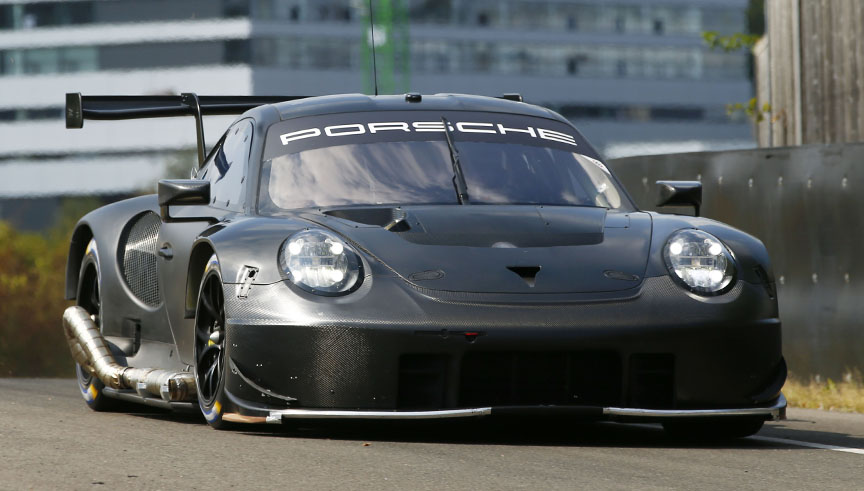
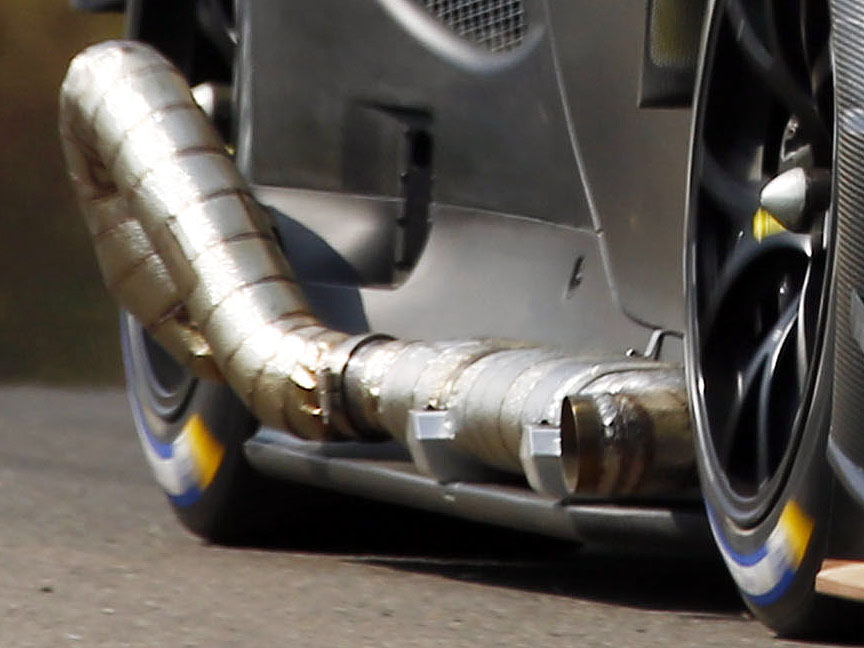
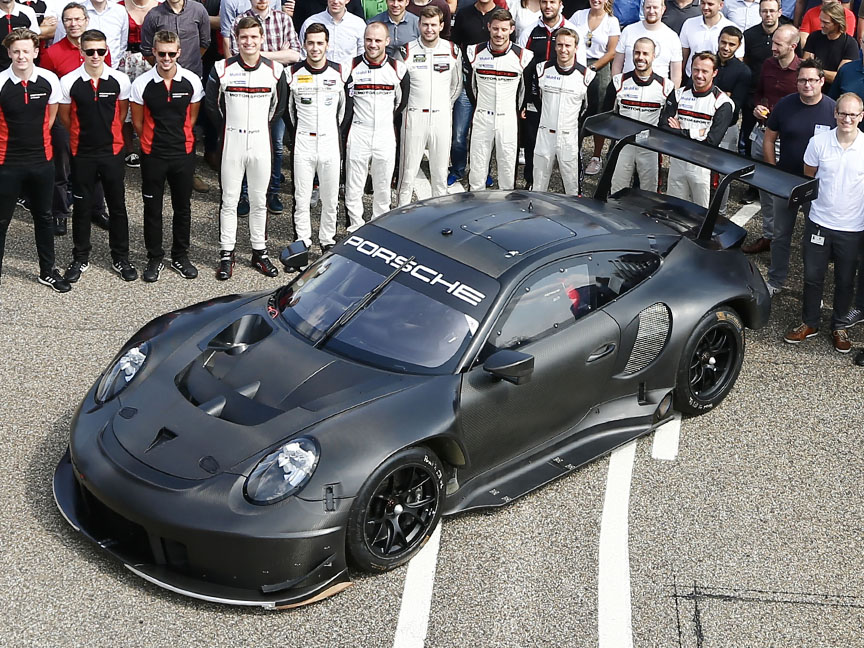
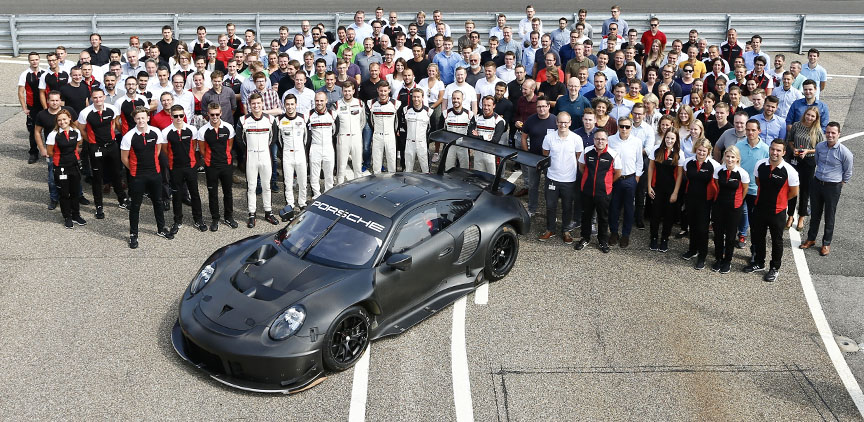
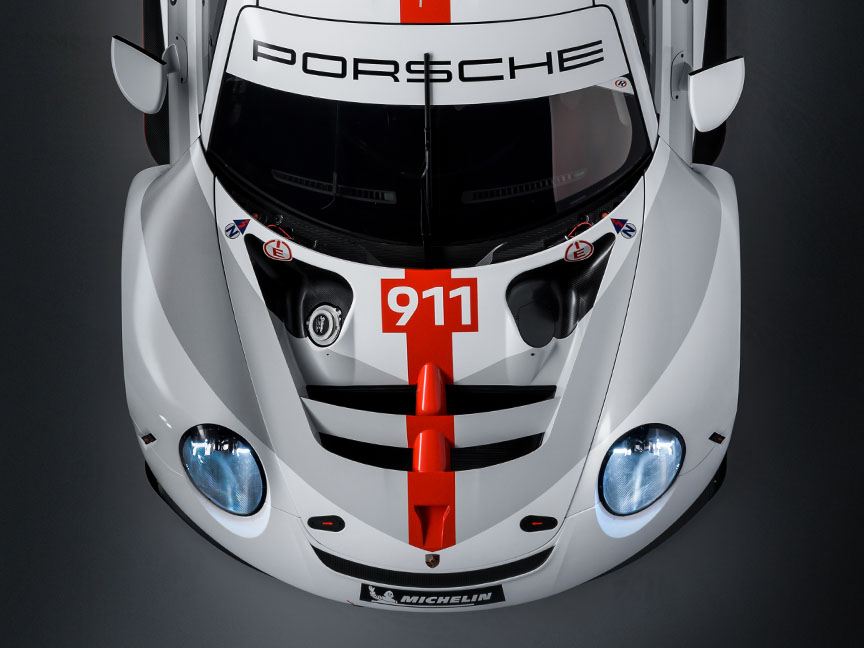
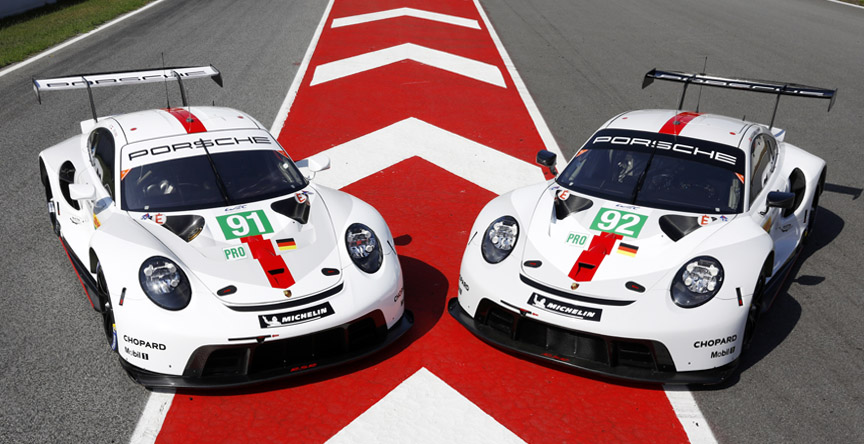
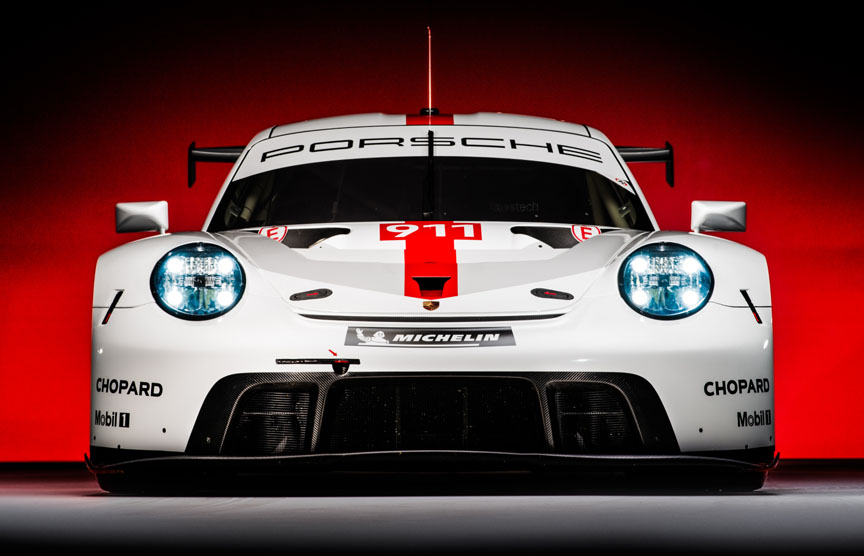

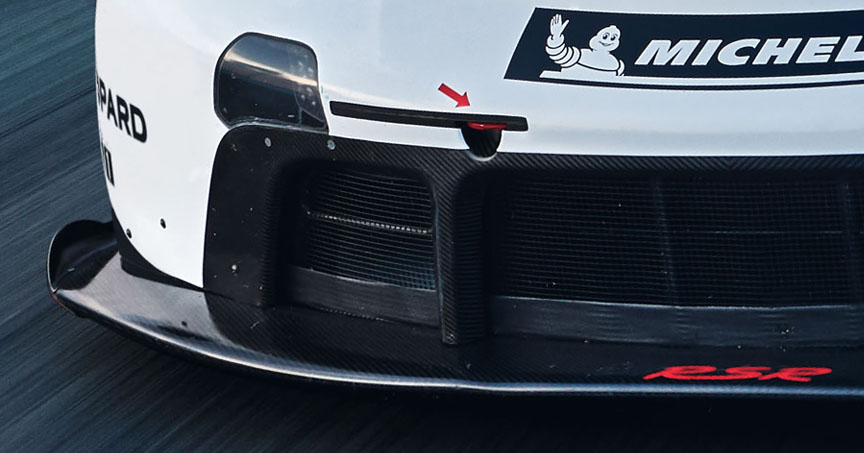
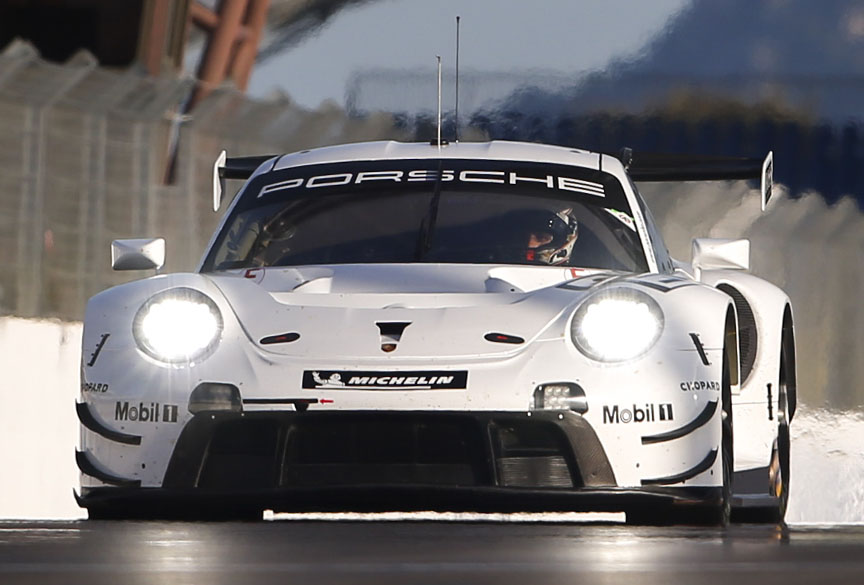
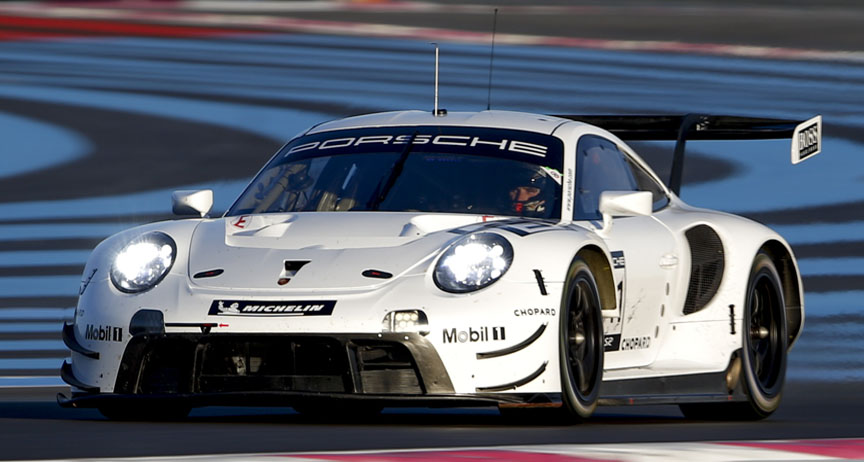
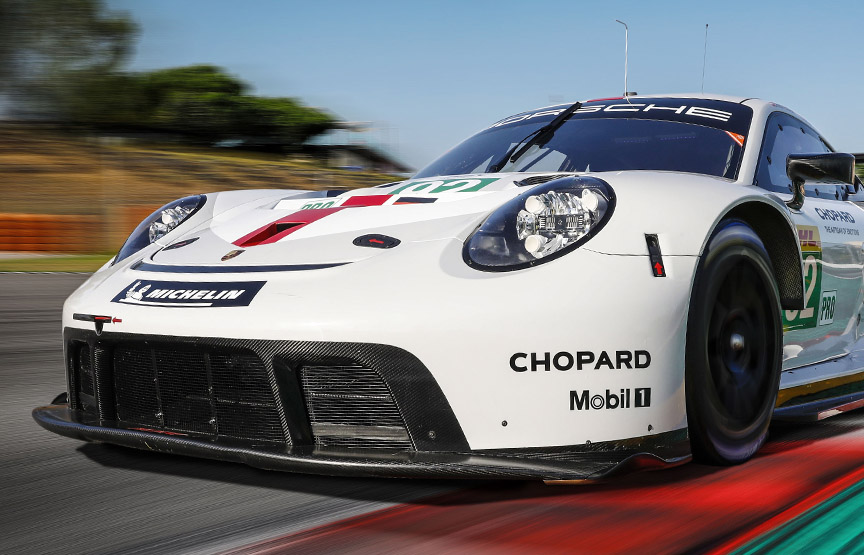
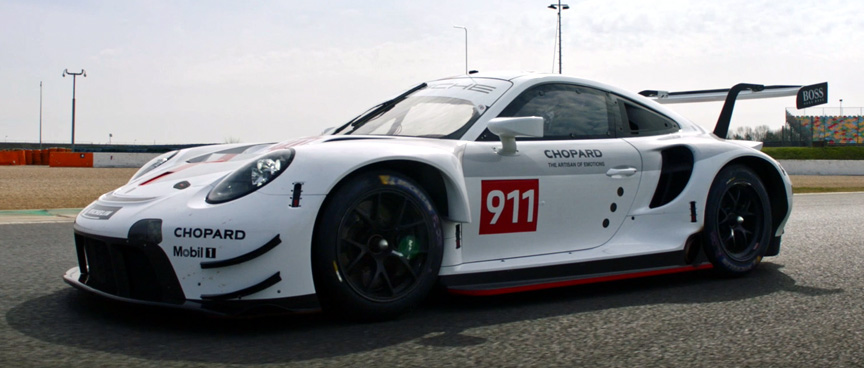

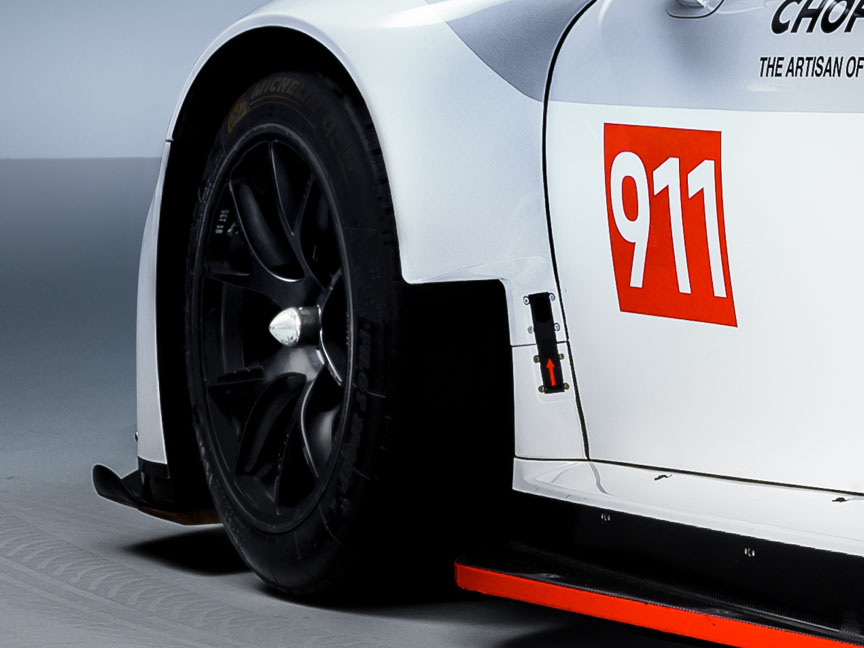
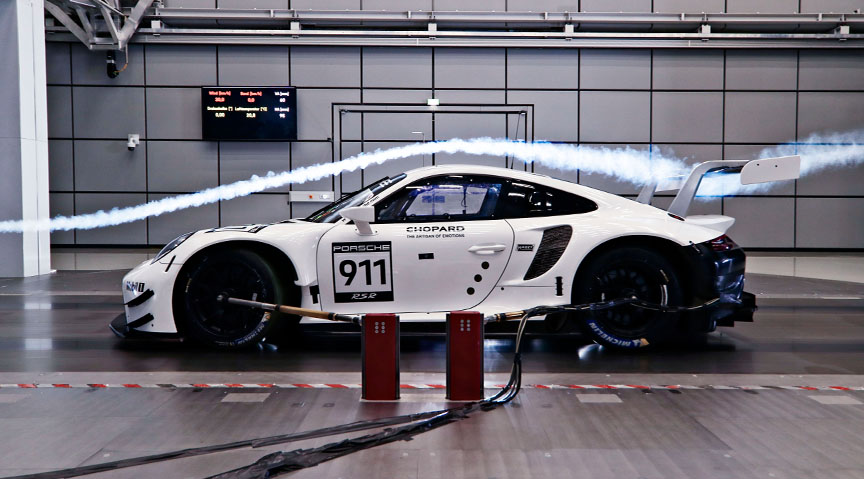
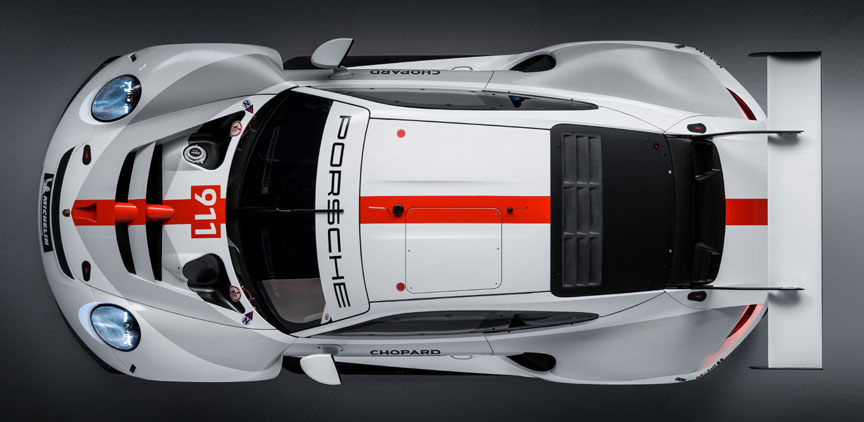
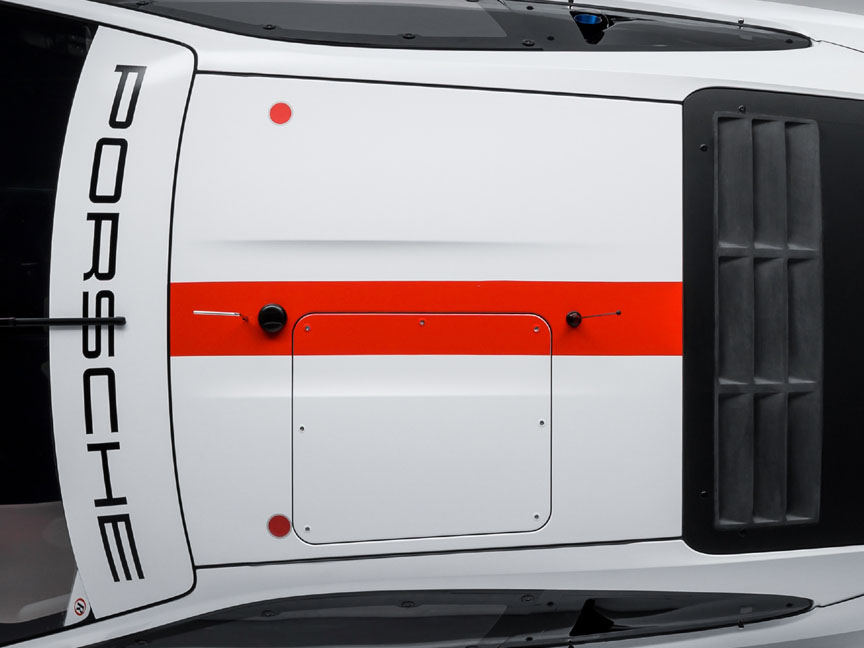
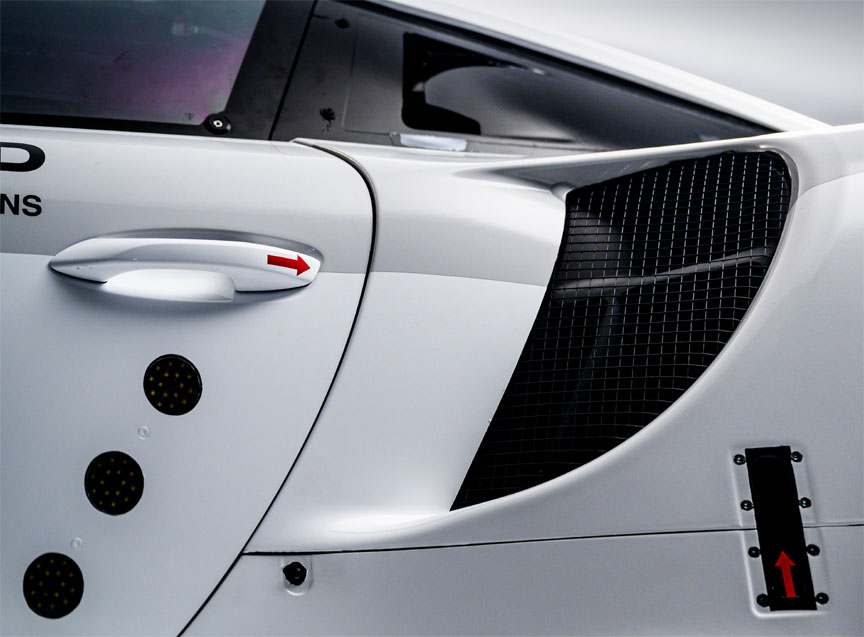
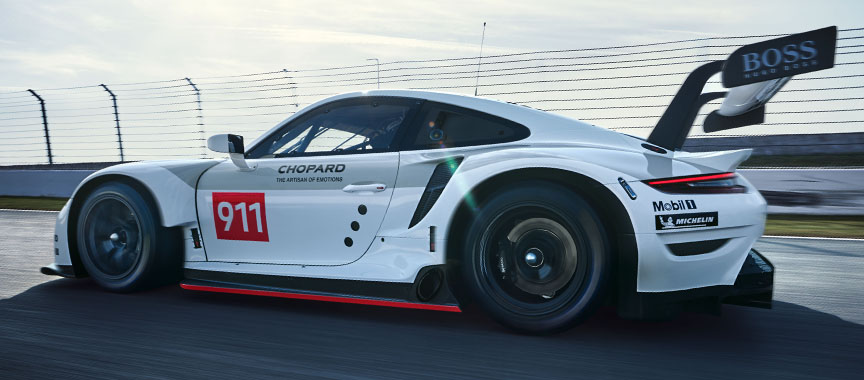
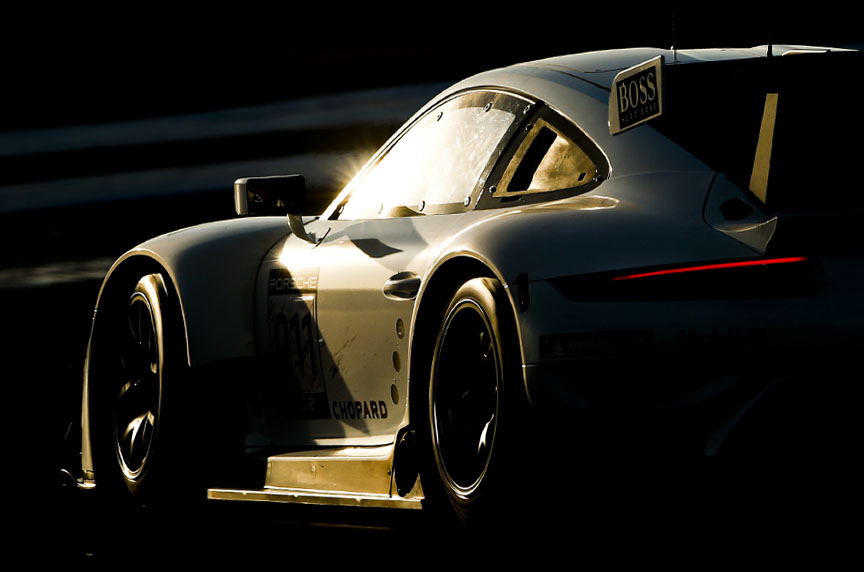
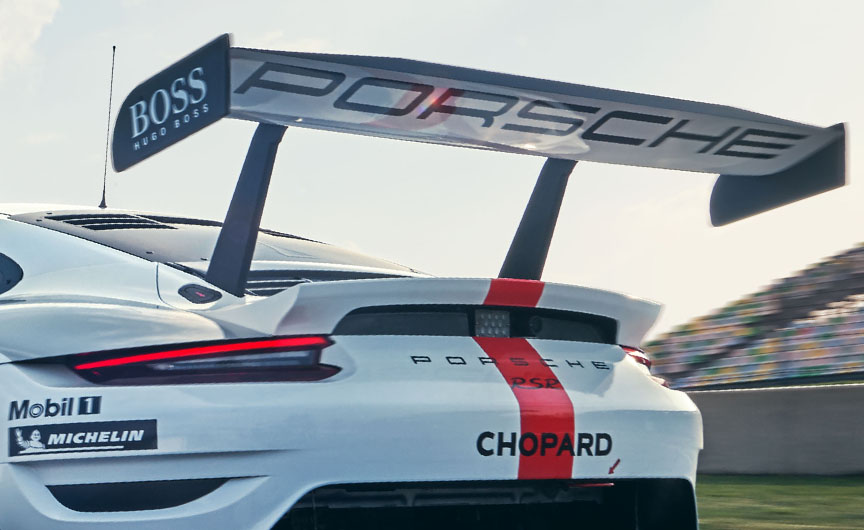
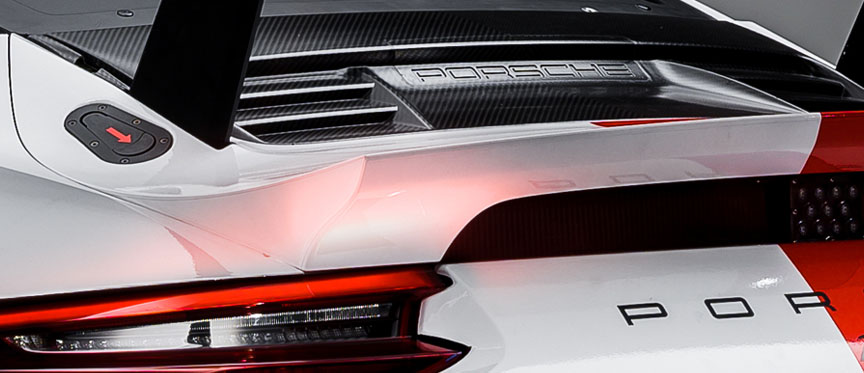
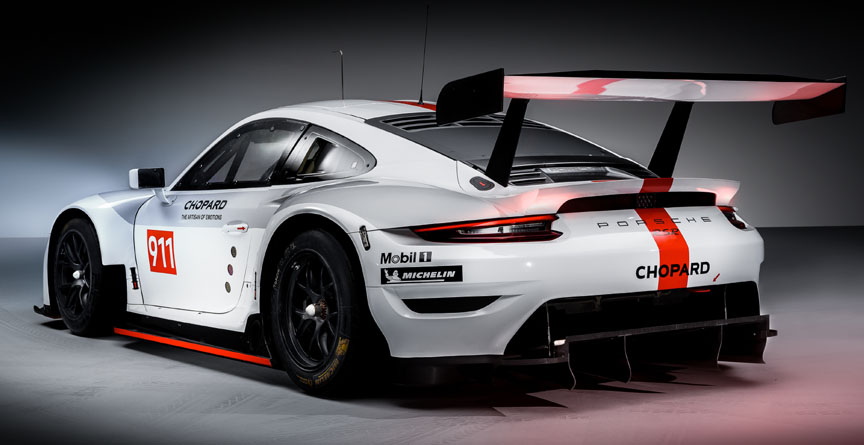
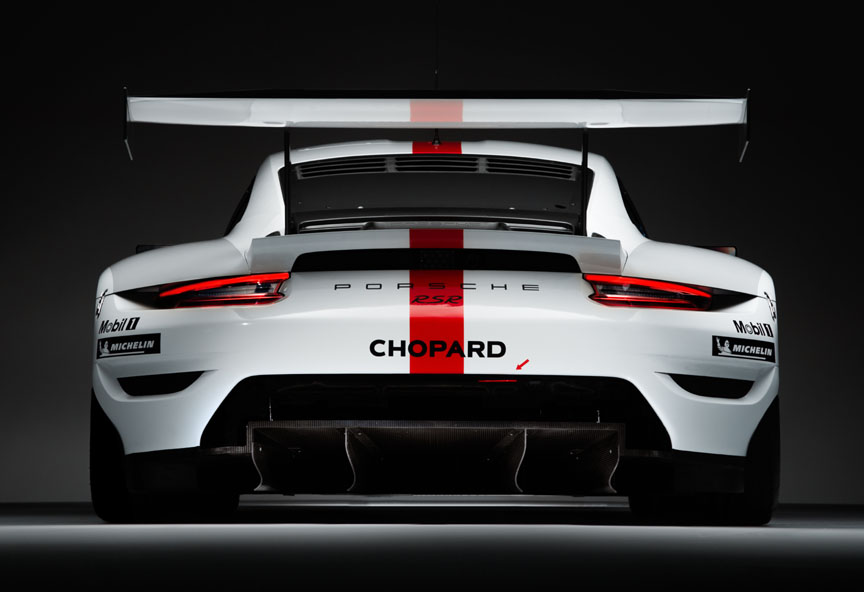
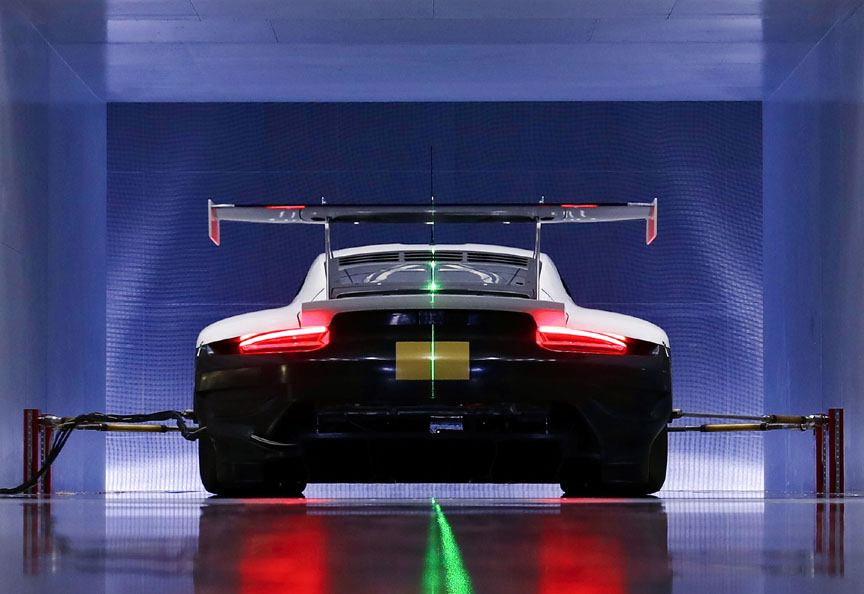
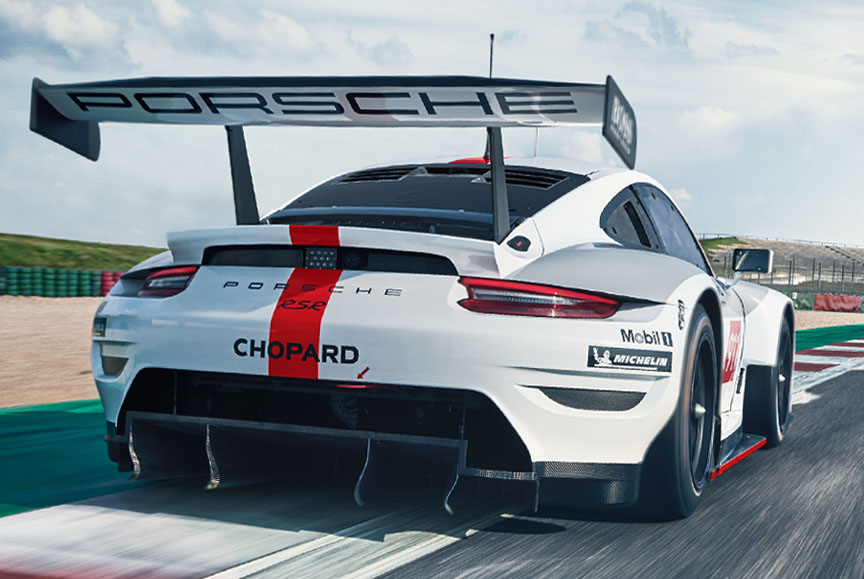
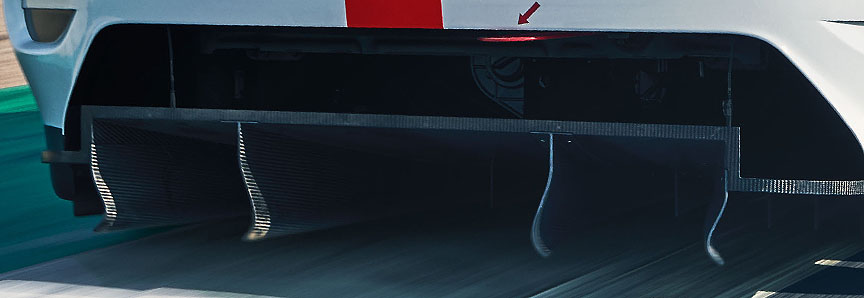
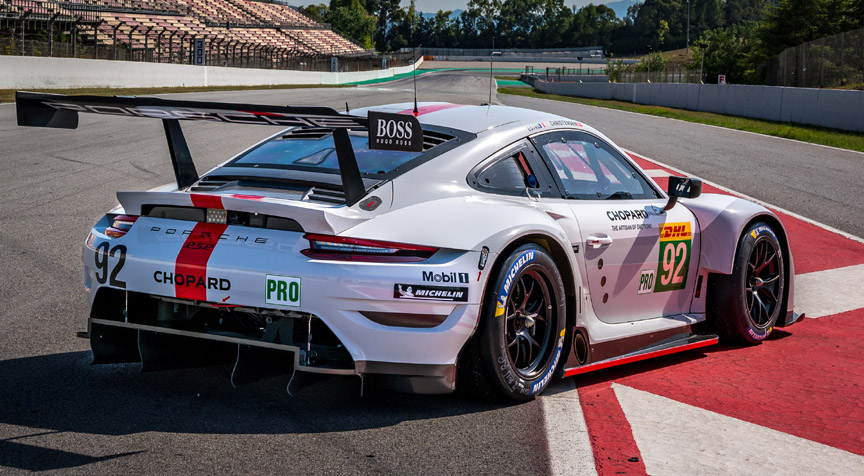
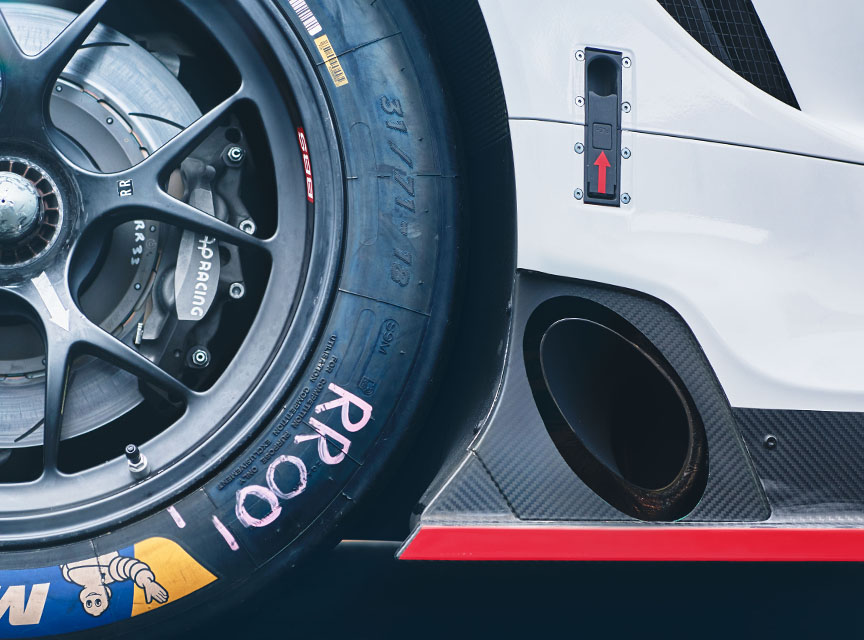
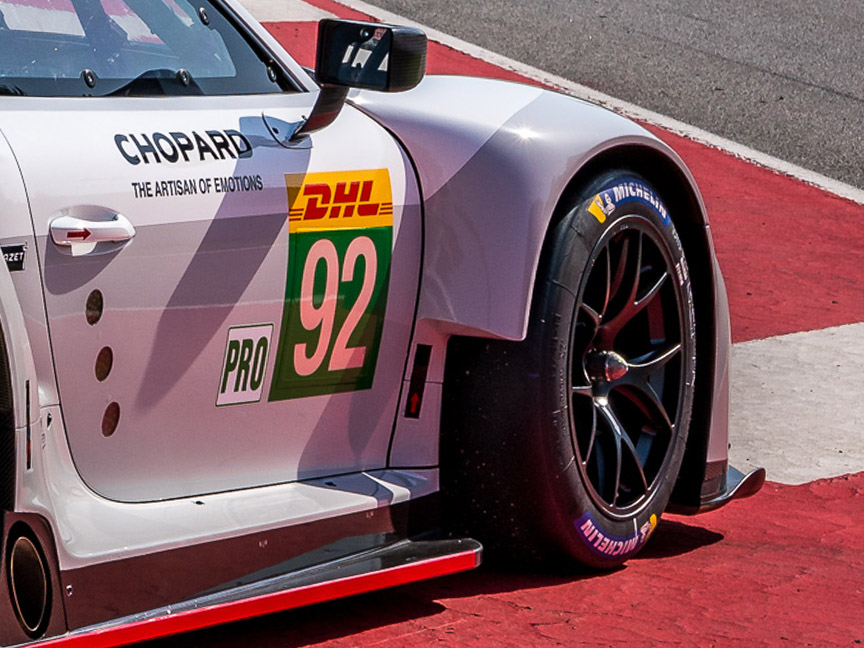
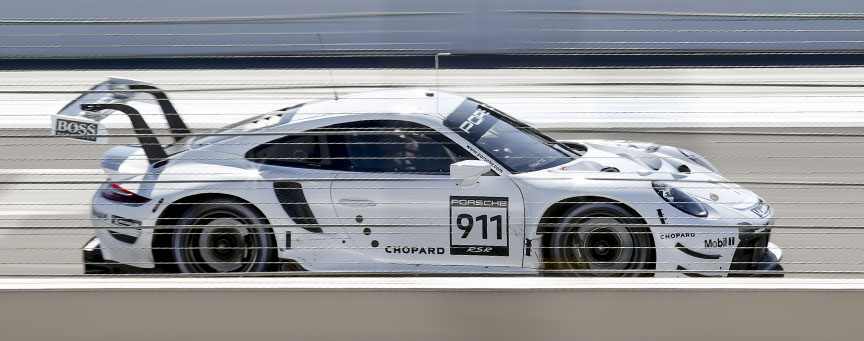
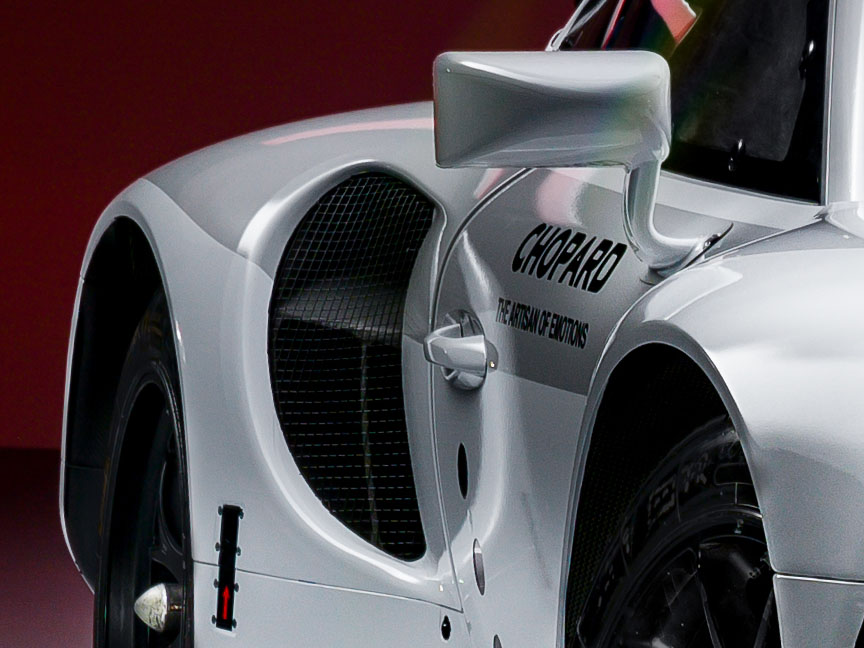
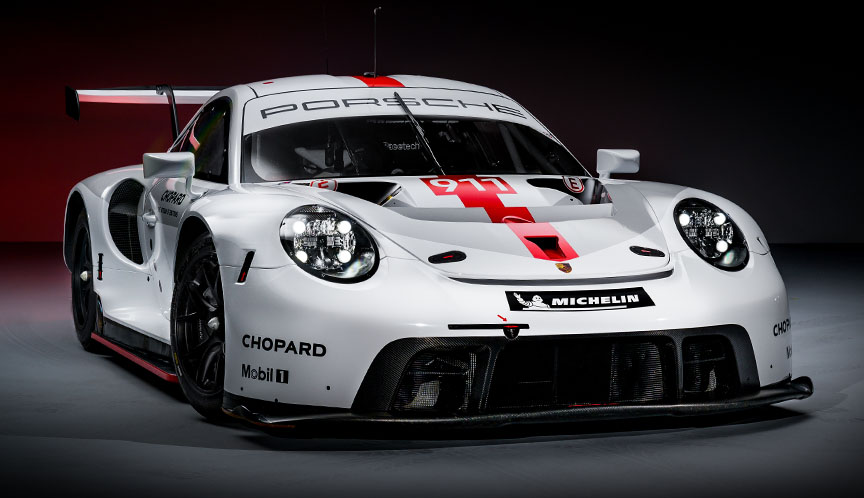
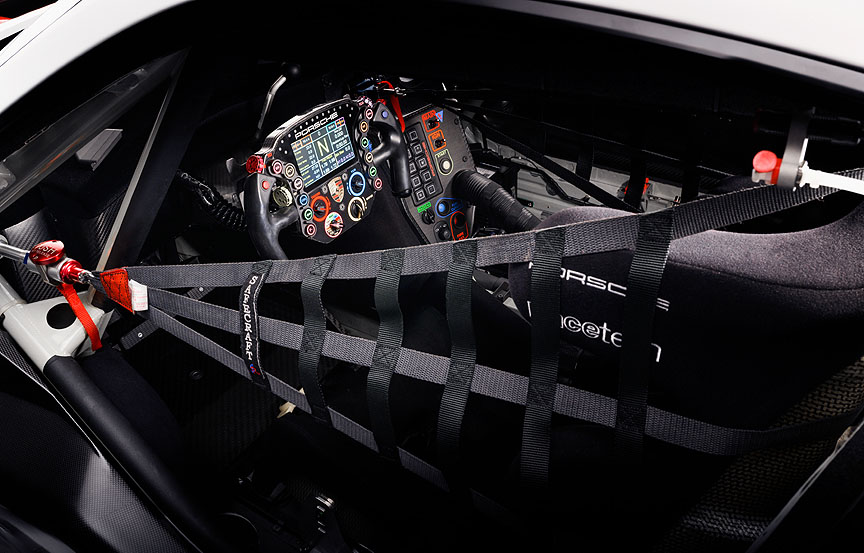
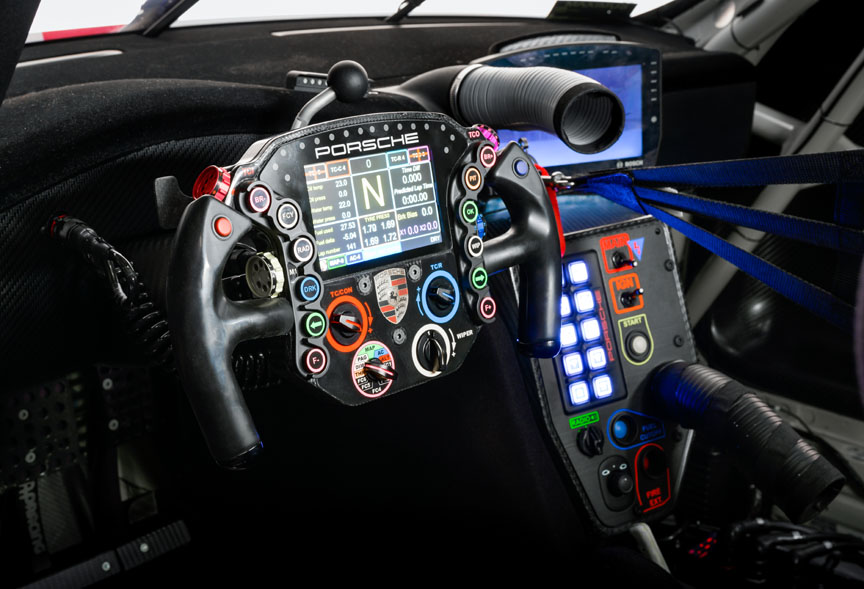
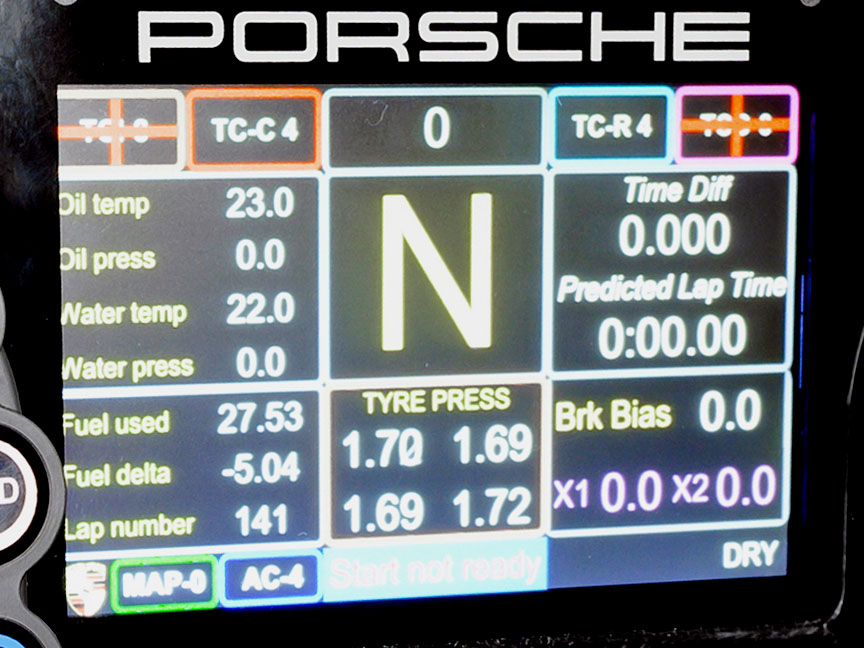
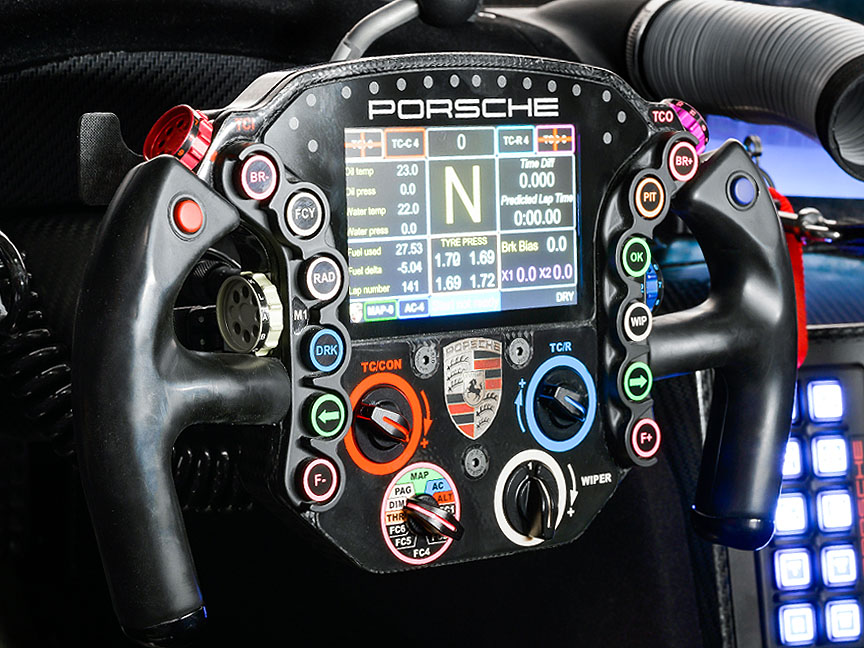
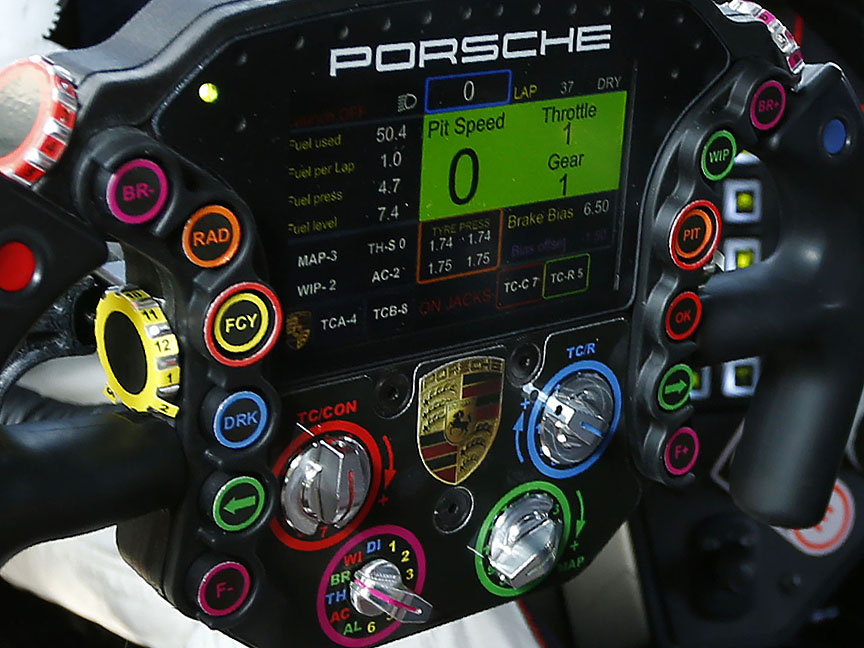
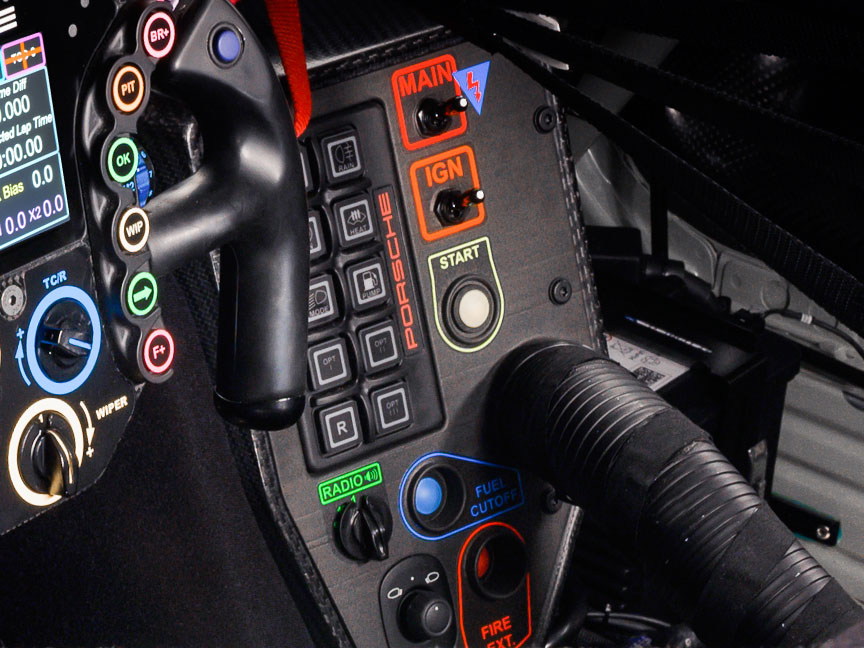
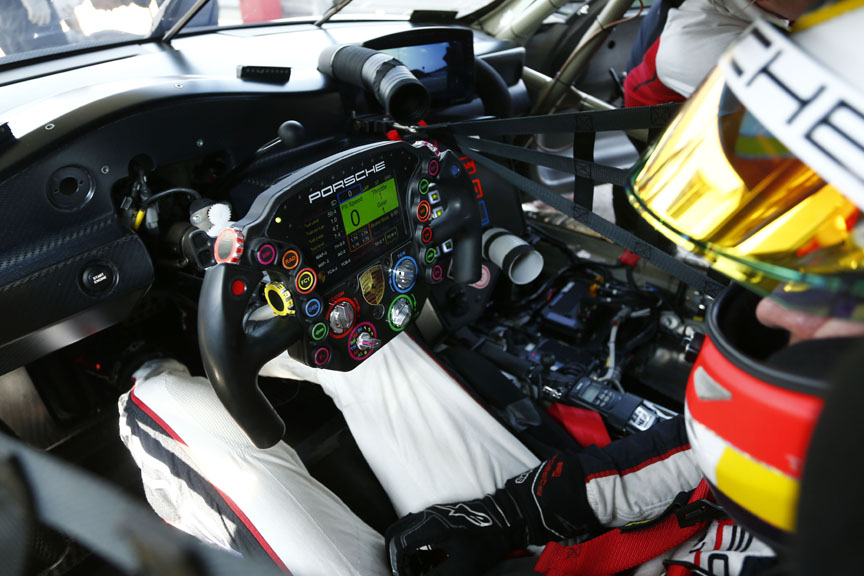
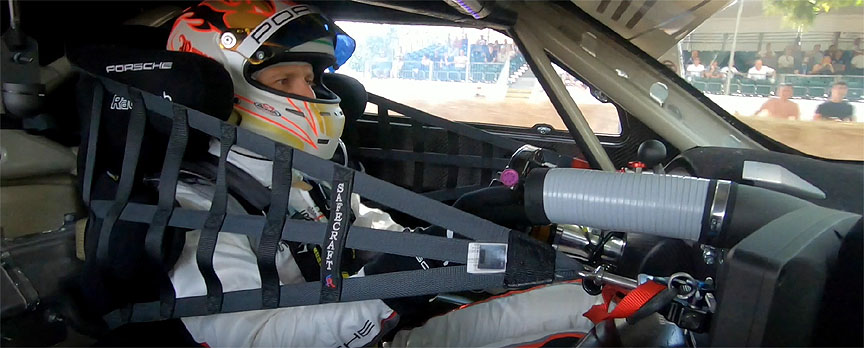
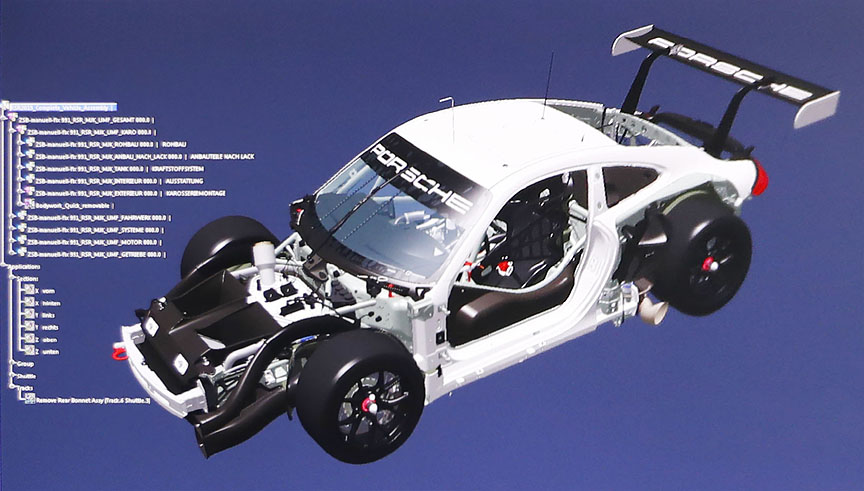
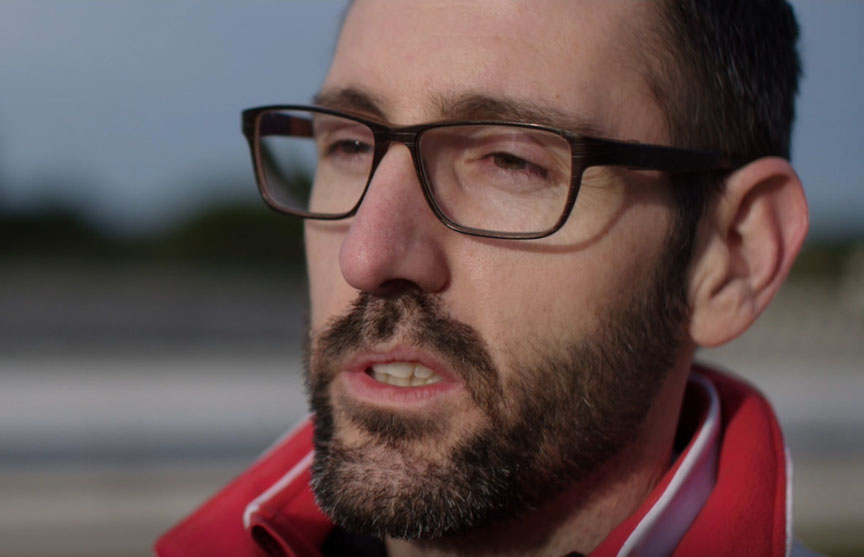
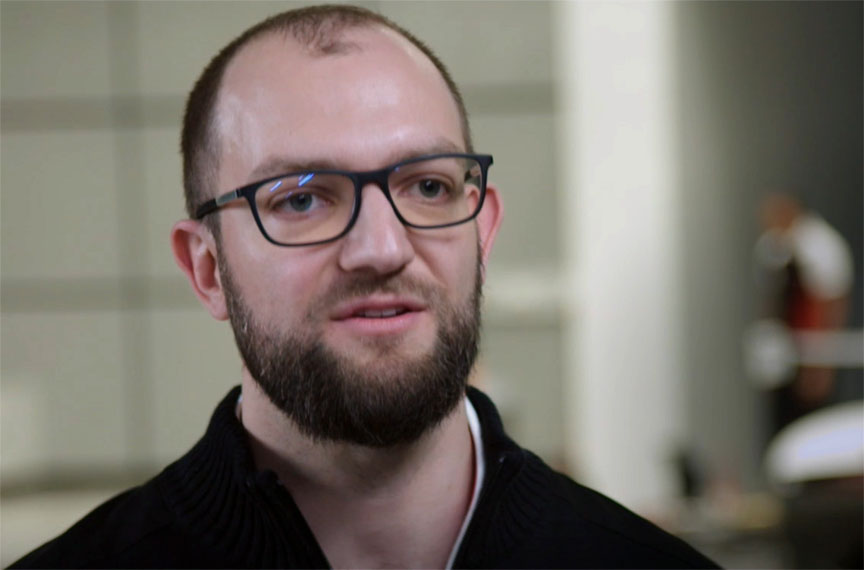
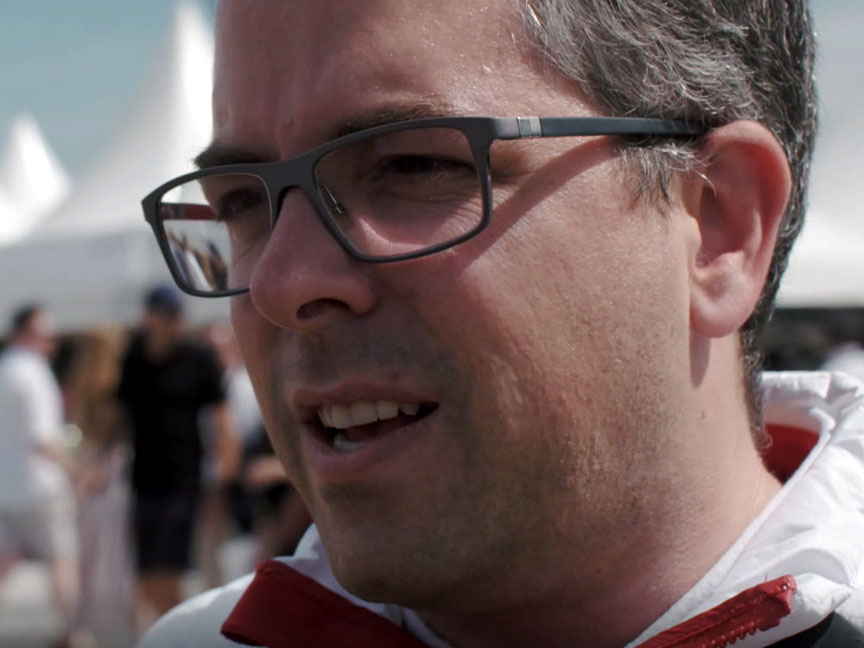

Porsche factory team will initially use the 911 RSR 4.2 at the FIA World Endurance Championship races and from 2020 also at the IMSA races. For customer teams, the 991 RSR 4.2 will become available from the 2020/2021 FIA WEC season. Considering the 992-generation 911 was premiered already in 2018, the 991 business in 2019 and 2020 is a bit confusing – but, a 911 is a 911!
Press Release
Redesigned 911 RSR expected to defend world championship / 06/07/2019
Porsche puts its faith in the brand-new 911 RSR (2019 model year) to defend the FIA World Endurance Championship (WEC) title. The race car complying with the FIA GTE regulations is a completely new development.
The vehicle from Weissach has undergone improvements in all areas and will replace the successful 911 RSR with which Porsche won the manufacturers’ and drivers’ world championship in the FIA WEC as well as the Le Mans endurance classic (France) and the IMSA races at Sebring and Road Atlanta (Petit Le Mans) amongst other events in 2019.
In developing the new Porsche 911 RSR, substantial insights were garnered and adopted from the extremely successful race outings of its predecessor. “Since 2017 the 911 RSR has yielded us more than 20 class wins in the world championship as well as at long-distance series in North America and Europe. Our job in the development was to make a very good car even better. The engineers at Weissach have perfectly implemented this in every aspect,” says Fritz Enzinger, Vice President Porsche Motorsport.
“We never rest on our laurels”
Pascal Zurlinden
“We never rest on our laurels,” explains Pascal Zurlinden, Director GT Factory Motorsport. “We’ve extensively analysed all factory and customer campaigns with the Porsche 911 RSR. Our engineers noticed room for improvement in a number of areas. We have made significant progress in the development of our car for the next three-year homologation period, especially in the complex areas of driveability, efficiency, durability and serviceability. Ninety-five percent of the car is new. The only components that we’ve kept unchanged from the predecessor are the headlights, brake system, clutch, driver’s seat and parts of the suspension. Tests so far have run excellently. We’re already looking forward to the first races of the 2019/2020 FIA WEC season.”
New flat engine with larger displacement
In terms of the drivetrain, Porsche remains faithful to its chosen path. The latest nine-eleven is also powered by a six-cylinder naturally aspirated engine. The highly efficient boxer unit positioned in front of the rear axle has a capacity of 4,194 cc and – depending on the size of the restrictor – produces around 515 hp. The new power unit is the largest ever boxer engine to be mounted in a Porsche 911 ex-works, and offers even better driveability over a wider rev-band compared to the predecessor’s proven four-litre aggregate. Power is delivered to the rear wheels via a weight-optimised, more rigid sequential six-speed constant-mesh gearbox. The new powertrain in the Porsche 911 RSR ensures faster gear-shift times and increased efficiency. The two exhaust pipes now exit on each side in front of the rear wheels. The new exhaust gas ducting saves weight and is aerodynamically advantageous.
With the repositioning of the tailpipes, space has been made for an optimised diffuser. The distinctive component at the rear of the Porsche 911 RSR now generates even more downforce. Thanks to the optimisation of airflow at the front and the sides of the Weissach racer, aerodynamic efficiency and stability have increased significantly, thereby further improving the use and durability of the tyres during racing.
Focus on the work of drivers and mechanics
Driveability and serviceability are critical factors in long-distance racing. For this reason, Porsche placed particular emphasis on these aspects when developing the new 911 RSR. The cockpit has been reworked with the focus on better usability. In this regard, extensive feedback from the Porsche drivers proved invaluable. Like with the predecessor, the body made of carbon-fibre reinforced plastic can be swapped out quickly and thus ensures efficient pit processes in long-distance racing.
To give drivers added protection, the active and passive safety elements in the Porsche 911 RSR have been overhauled. The proven collision warning system allows drivers an even better overview to detect approaching prototype vehicles early enough. The optimised roll cage, the FIA side impact panel in the door and cage as well as additional impact protection for the legs improve the passive safety in the event of an accident. Other features include the removable roof hatch and the rigidly-mounted racing seat featuring a six-point safety harness for the driver.
First race outing in September 2019
“We’ve been working on the concept of the new Porsche 911 RSR since 2017. The first designs were created using CAD software. In August 2018, the best racing nine-eleven to date completed its first kilometres on the factory’s own test track in Weissach,” says Pascal Zurlinden, describing the important milestones in the car’s development. Over the following months, the factory team conducted numerous tests. Seasoned Porsche works drivers took turns at the wheel of the new 911 RSR. Parallel to this, the aerodynamics were fine-tuned in the Porsche wind tunnel. “Another milestone was our long-run in March 2019 at Le Castellet, where we included the works teams from both the WEC and IMSA. We covered more than 6,000 kilometres over 30 hours without any technical hiccups. The drivers and engineers were very satisfied. The car received its racing homologation on 1st July,” added Zurlinden.
World premiere at Goodwood
The most spectacular 911 of all time makes its world premiere on 6 July at the Goodwood Festival of Speed (Great Britain). The Porsche 911 RSR will also celebrate its race debut on the British Isles – at the season-opening round of the FIA World Endurance Championship (WEC) at Silverstone on 1 September. Prior to this, the vehicle of the current manufacturers’ world champions will face rival manufacturers contesting the FIA WEC GTE-Pro class for the first time at a two-day prologue in Barcelona (Spain) on 23/24 July. The Porsche GT Team will field two works cars at eight rounds of the 2019/2020 season with drivers Michael Christensen (Denmark) and Kévin Estre (France) as well as Gianmaria Bruni (Italy) and Richard Lietz (Austria). In the IMSA WeatherTech SportsCar Championship, the switch to the latest model will take place in the 2020 season. In North America, an additional two factory-run Porsche 911 RSR will fight for the GTLM category title against competing manufacturers. For customer teams, the vehicle will be available from the 2020/2021 FIA WEC season.
For the first time, the factory race cars from Weissach will be decked out in two different designs: The typical Porsche white will continue to be the dominating colour on the No. 91 car. Added accents include a centrally-placed red stripe extending from the front hood over the roof to the rear apron, as well as red side sills. Grey highlights on the side complement the clear and dynamic design. On the No. 92 car, the white and grey colours are reversed. The rear wing and the wing mirrors are black instead of white so that fans can differentiate between the two.


